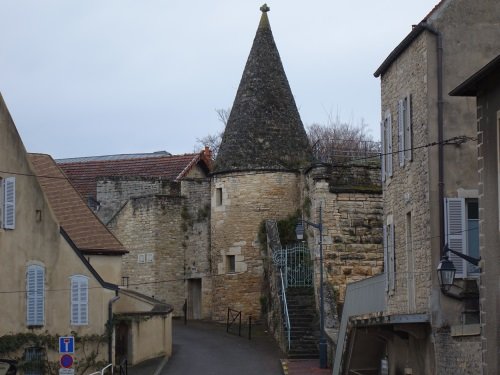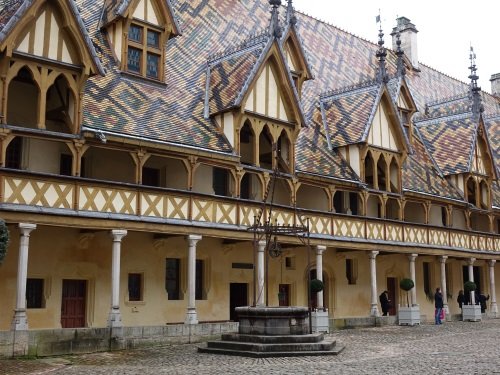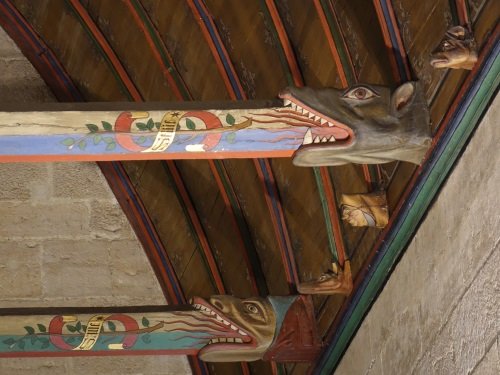Els Slots
WHS #626: Beaune (Burgundy)
The Climats, terroirs of Burgundy is a fairly recent addition to the evergrowing list of wine-related WHS. The site covers a large area in the east of France, with officially two components: (1) the over 1,200 viticultural parcels called ‘Climats’ with villages and the town of Beaune and (2) the historic centre of Dijon. The site so far has only attracted one review on this website. And noone has written about the Beaune component yet. So that’s where my focus was on my weekend trip to Burgundy. An early warning: I am not going to write about wine!

Beaune once was the seat of the Duchy of Burgundy, a medieval state (or more precise: a personal union of many lands) that originated in the current French region of Bourgogne. The power of the Burgundian dukes stretched into what is now Holland and Belgium – the Burgundian Netherlands are still part of history lessons in the Netherlands. The Burgundian dukes managed to impose a central rule on the various provinces and city states of the Lowlands.
During exactly this period, the 15th century, the city’s one true highlight was constructed: the Hospices de Beaune . This hospital for the poor was founded in 1442 by the Chancellor of the Duchy of Burgundy, Nicolas Rolin. He wanted to spend part of his money on social work, but the building also displays his wealth and is somewhat of a shrine for himself and his wife. The Hospices are a masterpiece of art and architecture with an interesting bit of social history entwined. It wouldn’t be out of place on the WH List entirely in its own right.

The poor patients were treated and cared for in a large hall. It looked more like a church than a conventional hospital – there were painted wooden beams in the ceiling to admire, and a chapel at the far end (far enough so that the patients wouldn’t be too much disturbed by yet another funeral). A special religious order of nuns looked after the patients, and the hospital had its own gardens and vineyards to provide for food and income. Parts of this hospital have functioned into the 1980s, now it’s a museum. Entrance costs 7.5 EUR, and audio guides are available in several languages including Dutch.
At the end of the tour circuit a dark room awaits where silence is requested. This is the ‘sanctuary’ where the Last Judgement altarpiece made by Rogier van der Weyden is shown, a prime example of Early Netherlandish painting (one of my most favourite periods/styles). It originally was the altarpiece for the chapel inside the Hall of the Poor, and it was commissioned by Nicolas Rolin himself. It's in excellent condition, and I think it's a good thing that it still is preserved almost in situ and not in a museum.

Beaune nowadays is a friendly town of 22,000 inhabitants. Despite visiting very much out-of-season (early March), I wasn’t the only tourist around. The town has a nice medieval atmosphere, it reminded me a bit of Provins. The 313 MB nomination file lists many wine-related buildings in Beaune, such as schools and caves. But I skipped all of those in favour of art and architecture!
More on
Els SlotsComments
No comments yet.
